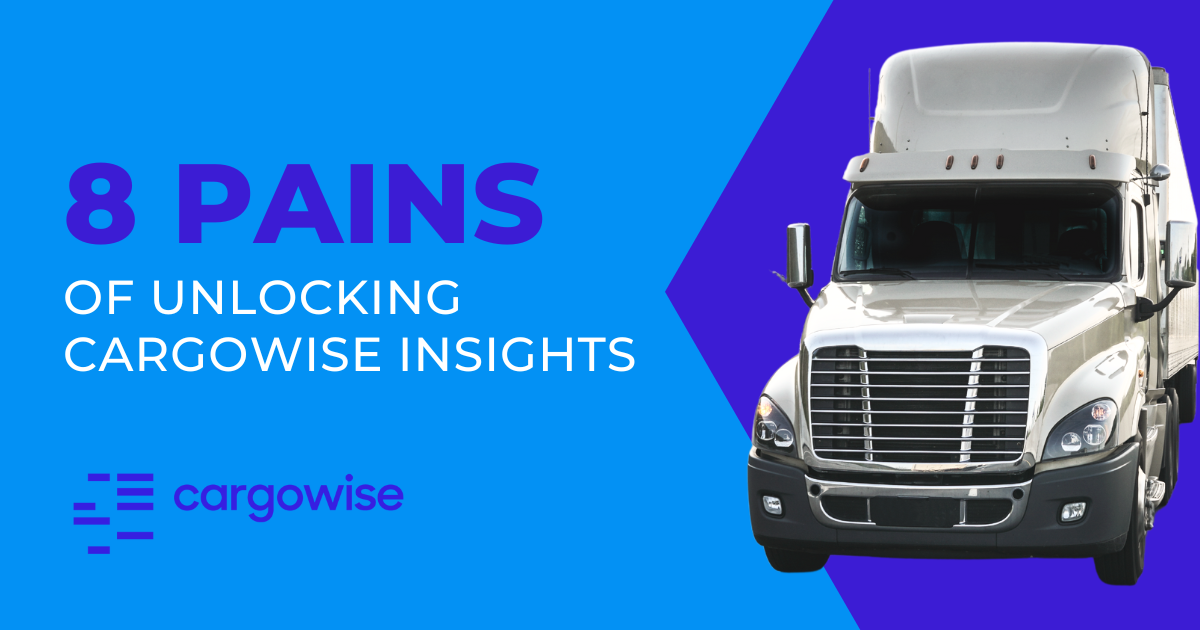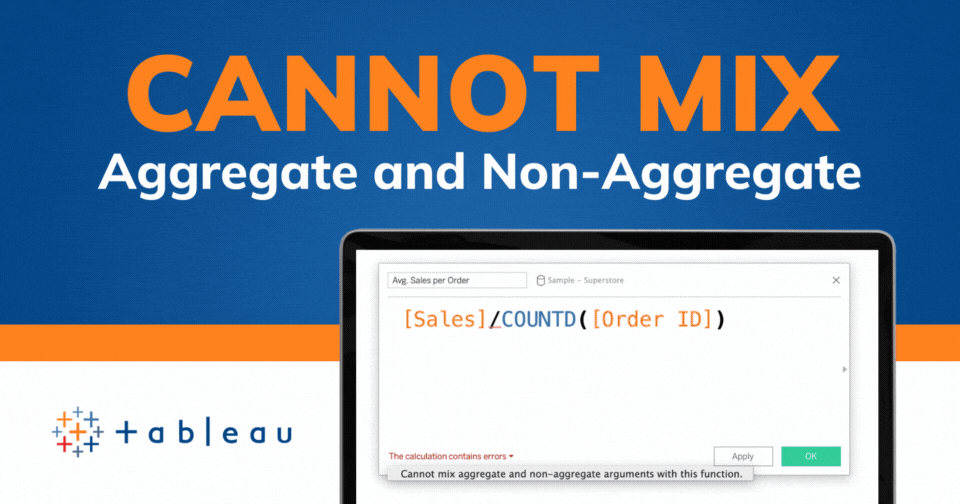Tableau Conference 2025 | Know Before You Go
If you’re a data enthusiast, analytics professional, or just someone curious about Tableau’s latest innovations, the Tableau Conference 2025 is your...

CargoWise, a leading logistics software solution, offers freight forwarders powerful tools to manage and optimize their operations. However, unlocking the full potential of CargoWise data can be challenging due to various pain points. In this blog post, we explore the top eight pain points faced by CargoWise customers and provide insights into why these challenges are so difficult to overcome.
Data silos occur when information is isolated within different modules or departments, making it difficult to access and analyze data holistically. This can hinder the creation of comprehensive, cross-functional reports and analyses. For example, data from the finance department might be separated from the warehouse management data, making it challenging to create a complete picture of operational efficiency and profitability.
Although CargoWise offers built-in reporting features, they may not meet every user's specific needs. Customization options can be limited, leading users to rely on manual processes to create the desired reports. For instance, a freight forwarder might need a custom report that combines data from various modules, but the built-in reporting tools may not provide the necessary flexibility or options to create such a report.
Gaining access to the raw data stored in CargoWise can be challenging, as it may require additional permissions or expertise in working with databases. This can be a barrier for organizations that want to perform more advanced analytics or integrate their CargoWise data with other systems. A use case might involve a freight forwarder who wants to create a custom dashboard for monitoring key performance indicators (KPIs), but struggle to access the required data from CargoWise.
Ensuring data quality and consistency is crucial for effective analytics. However, CargoWise customers may face challenges in maintaining data accuracy and standardization across different modules and data entry points. For example, inconsistent data entry formats, such as different date formats or varying units of measurement, can create discrepancies in the data, making it difficult to analyze and compare.
Not all CargoWise customers have the in-house expertise or resources to effectively analyze and interpret the data provided by the platform. This can limit their ability to leverage data-driven insights for decision-making and process improvement. A freight forwarder might lack the necessary skills to analyze complex data sets or create advanced reports, leaving them unable to take full advantage of the insights that CargoWise data can offer.
In some cases, CargoWise customers may need to integrate their platform data with other external data sources, such as market data, carrier performance data, or financial data. This integration can be complex and may require significant time and effort. For instance, a freight forwarder might want to combine their CargoWise data with external market rate data to optimize pricing strategies, but they struggle with the integration process.
Real-time analytics is crucial for freight forwarders to make quick, informed decisions based on the latest information. However, many CargoWise customers struggle to access real-time data due to limitations in the platform's reporting capabilities or data accessibility. For instance, a freight forwarder might need to monitor fluctuations in market rates or shipping delays to make immediate adjustments to their operations. The lack of real-time analytics can make it difficult for them to respond swiftly to changing circumstances, impacting customer satisfaction and overall business performance.
As the volume of data and the complexity of analytics grow, some CargoWise customers may face challenges in scaling their analytics infrastructure and maintaining optimal performance. This can be particularly problematic for fast-growing freight forwarders that need to manage increasing amounts of data and perform more advanced analytics. For example, a rapidly expanding organization might need to process and analyze data from multiple sources, such as market data, carrier performance data, and financial data. The inability to scale analytics infrastructure can lead to bottlenecks, slower processing times, and reduced efficiency in data analysis and decision-making.
Overcoming these pain points is essential for CargoWise customers to unlock the full potential of their data and harness valuable insights for better decision-making, operational efficiency, and improved business performance. By understanding these challenges and their impact on data-driven decision-making, freight forwarders can better navigate the complexities of using CargoWise data for their business.
If you're a CargoWise customer struggling to make the most of your data, contact our DataDrive team, an experienced data team that specializes in providing managed analytics services tailored to CargoWise customers. Our team of experts can help you overcome these pain points, enabling you to unlock valuable insights and drive your business forward.
Contact DataDrive today to learn more about how we can help you transform your data into actionable intelligence for your freight forwarding and logistics business.
-2.gif)
If you’re a data enthusiast, analytics professional, or just someone curious about Tableau’s latest innovations, the Tableau Conference 2025 is your...

Tableau Plus is the new premium offering from Tableau, a leading data visualization and business intelligence platform. It builds upon the...

If you've spent any time working with Tableau, you've likely encountered the dreaded "Cannot Mix Aggregate and Non-Aggregate Arguments" error. It's a...